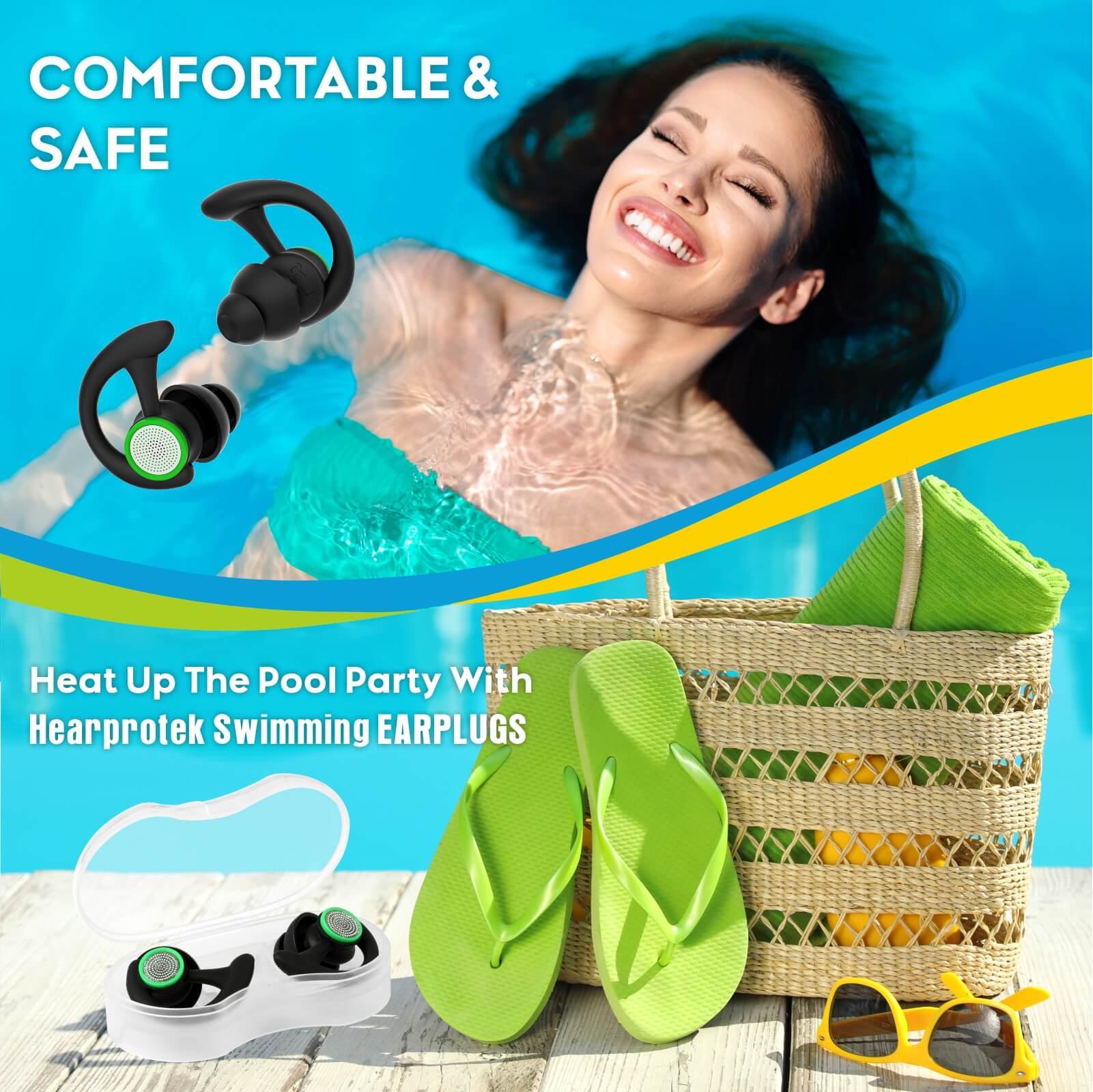Swimming is a popular activity enjoyed by people of all ages around the world. Whether it's in a pool, lake, or ocean, swimming provides numerous health benefits. However, it also comes with certain risks, particularly when it comes to ear infections. In this article, we will explore the importance of preventative measures, specifically the use of swimming ear plugs, in avoiding ear infections.
The Importance of Preventative Measures
Ear infections, also known as otitis externa or swimmer's ear, are a common problem among swimmers. They occur when water enters the ear canal, creating a moist environment that promotes the growth of bacteria or fungi. This can lead to symptoms such as pain, itching, redness, and even temporary hearing loss.
Preventative measures play a crucial role in reducing the risk of ear infections. By taking proactive steps to protect our ears, we can enjoy swimming without the fear of developing painful infections. One effective preventative measure is the use of swimming ear plugs.
The Benefits of Swimming Ear Plugs
Swimming ear plugs are specially designed to keep water out of the ear canal. They create a barrier that prevents water from entering, reducing the chances of infection. These plugs are typically made of soft, waterproof materials that conform to the shape of the ear, providing a comfortable and secure fit.
One of the key benefits of swimming ear plugs is their ability to maintain a dry environment within the ear canal. By keeping the ears dry, they inhibit the growth of bacteria and fungi, minimizing the risk of infection. Additionally, swimming ear plugs can also help to prevent other water-related issues such as surfer's ear, which is the development of bony growths in the ear canal due to prolonged exposure to cold water and wind.
Choosing the Right Swimming Ear Plugs
When it comes to selecting swimming ear plugs, there are several options available. It is important to choose plugs that are comfortable, effective, and suitable for your specific needs. Here are a few factors to consider:
- Material: Look for ear plugs made of soft, hypoallergenic materials that are gentle on the skin and do not cause irritation.
- Fit: Ensure that the ear plugs fit snugly and securely in your ears, without causing discomfort or falling out during swimming.
- Waterproof: Opt for ear plugs that are specifically designed to be waterproof, providing maximum protection against water entry.
- Reusable: Consider reusable ear plugs that can be easily cleaned and used multiple times, as they are more cost-effective and environmentally friendly.
Conclusion
Swimming is a wonderful activity that offers numerous health benefits, but it is important to take preventative measures to avoid ear infections. swimming ear plugs are a valuable tool in protecting our ears from water-related issues. By choosing the right ear plugs and using them consistently, we can enjoy swimming without the worry of developing painful infections. So, the next time you hit the water, don't forget to grab your swimming ear plugs and dive in!
